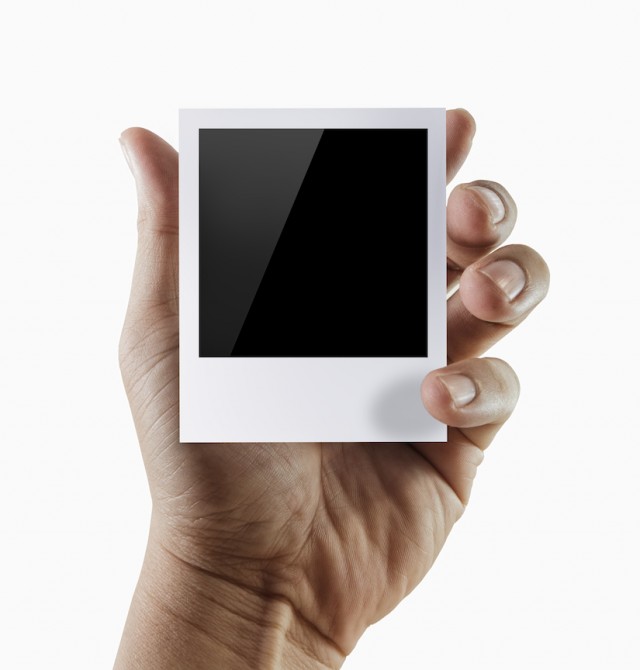Lesson Outline
October 29, 2013
 Images hold such power in our increasingly visually-oriented world that they often become the center of debate and controversy. Two powerful recent front-page images in The New York Times, both related to the deadly crisis in Syria, were so “memorable and telling” that Margaret Sullivan, the newspaper’s Public Editor, devoted an entire column, headlined “The Delicate Handling of Images of War,” to how they were handled. “Thinking about them also raises the question of other images,” Sullivan wrote. “Those we don’t see, and why.”
Images hold such power in our increasingly visually-oriented world that they often become the center of debate and controversy. Two powerful recent front-page images in The New York Times, both related to the deadly crisis in Syria, were so “memorable and telling” that Margaret Sullivan, the newspaper’s Public Editor, devoted an entire column, headlined “The Delicate Handling of Images of War,” to how they were handled. “Thinking about them also raises the question of other images,” Sullivan wrote. “Those we don’t see, and why.”
As Sullivan pointed out, “Editors constantly make decisions about what to include and what to leave out.” Images of war seem to be particularly contentious. In the past, some photographs from Vietnam — “the brutal execution of a Vietcong guerrilla, a naked Vietnamese girl burned by napalm — brought home the horror in a way that words never could,” said Sullivan. “The same has been true more recently; think of the charred corpses of American contractors hanging from a bridge in Falluja, Iraq.”
The two images from Syria are capable of changing the narrative -- possibly even “affecting the course of history,” the Public Editor wrote. “That’s all the more reason to handle them, and others, as thoughtfully and with as much awareness as possible. And to remember that, powerful as they are, they are only pieces of the emerging truth.”
New York Times: The Delicate Handling of images of War - Margaret Sullivan 9/14/2013
http://www.nytimes.com/2013/09/15/public-editor/the-delicate-handling-of-images-of-war.html
New York Times Covers of the two images in question:
The Times' Public Editor Margaret Sullivan Speaks About the handling of sensitive images in a recent interview with the Center for News Literacy:
ADDITIONAL RESOURCES:
- The “artistic cropping” of a photograph of a young man, Jeff Bauman, whose badly damaged legs would be amputated:
http://graphics8.nytimes.com/images/2013/04/17/us/AMPUTEE-1/AMPUTEE-1-articleLarge.jpg - The Pulitzer Prize winner who didn’t want the prize:
http://lens.blogs.nytimes.com/2011/04/19/the-pulitzer-eddie-adams-didnt-want/ - Which images of war are appropriate?
http://www.nieman.harvard.edu/reports/article/101046/US-Newspapers-Decide-Which-Images-of-the-Fallujah-Killings-to-Publish.aspx - A famed image from the Vietnam War and how it was edited. “One of the most significant crops” in history? http://www.bagnewsnotes.com/2013/09/have-you-ever-seen-the-uncropped-version-of-the-napalm-girl/
- The Public Editor responds to reader comments on war photographs: http://publiceditor.blogs.nytimes.com/2013/09/20/responding-to-reader-comments-on-war-photographs-and-drone-victims/?ref=thepubliceditor&_r=0
- In a reversal of an 18-year-old military policy that critics said was hiding the ultimate cost of the wars in Iraq and Afghanistan, the news media is now allowed to photograph the flag-draped coffins of America's war dead as their bodies are returned to the United States, but only if the families of the dead agree: http://www.nytimes.com/2009/02/27/world/americas/27iht-photos.1.20479953.html
-
0 comments
-
1 save
-
Share
